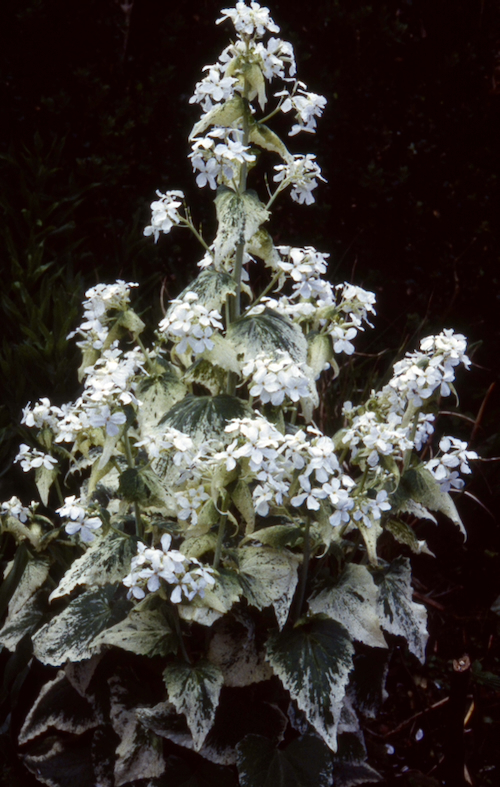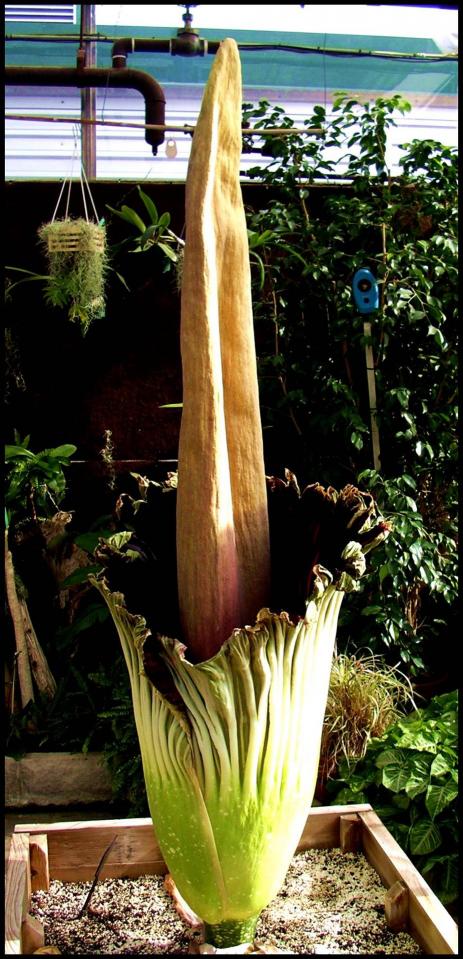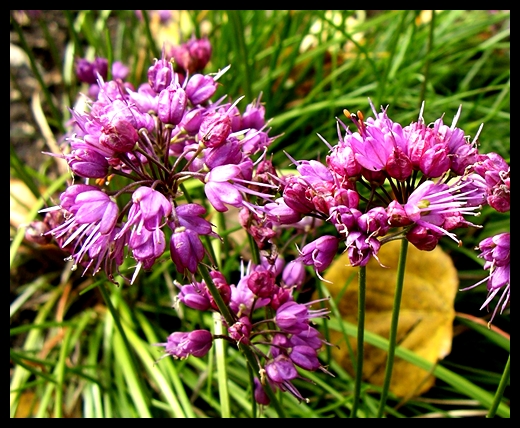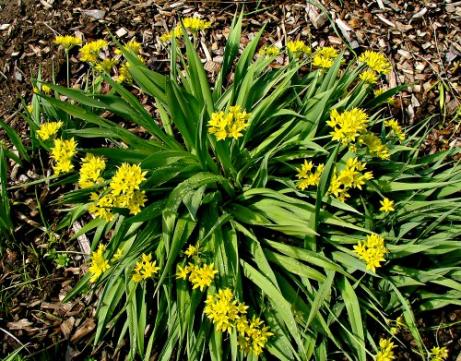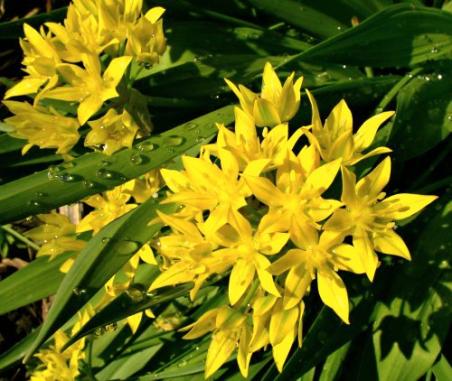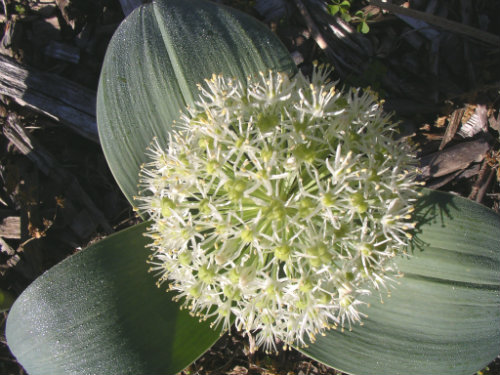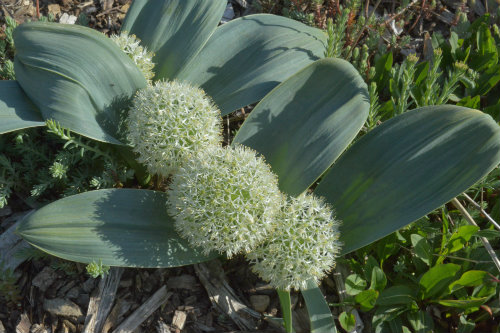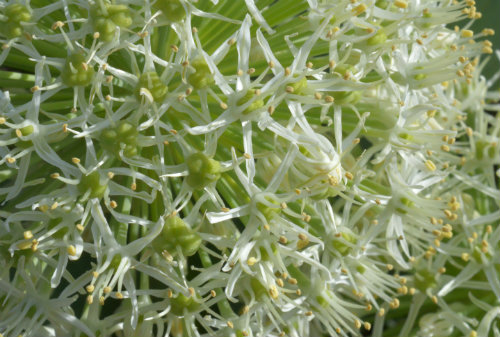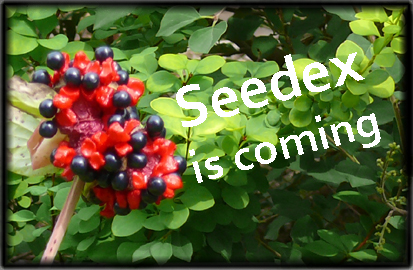(uh-NEM-oh-nee hew-pay-EN-sis juh-PON-ih-kuh)
General Information:
Anemone hupehensis var. japonica 'Pamina' is more commonly known as Japanese Anemone ‘Pamina’. Pamina flowers in fall for up to 2 months. A cold spell and even snow will not slow it down. It makes a great display in any situation from full sun to shade but does best in part shade.
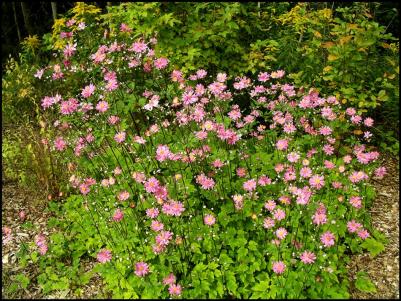
Anemone hupehensis var. japonica 'Pamina'; photo by Robert Pavlis
The Japanese anemones all flower for a long period at a time when the garden needs some colour - that is their strength. Their weakness is that they tend to spread. I would not call them invasive, but they do come close. Pamina is no exception. They will form a nice tight blanket and keep weeds at bay.
I consider Pamina one of the best Japanese anemones. It is shorter than most, and has a nice deep pink colour. The Chicago Botanical Gardens evaluated a large number Japanese anemone varieties and they don’t agree with this author. Pamina does get high ratings, but is not one of the best. The RHS has given it the ‘Award of Garden Merit’. Give Pamina a try – you’ll love it.
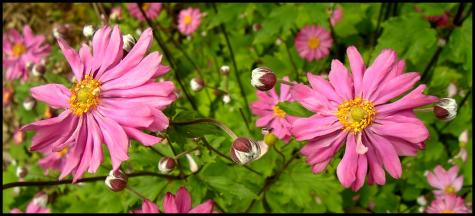
Anemone hupehensis var. japonica 'Pamina'; photo by Robert Pavlis
The nomenclature for these plants is very confusing. The plant was first brought to Europe from Japan and called A. japonica. It turns out that the plant is not native to Japan and originated from China. There are three similar species; A. hupehensis, A.tomentosa and A. vitifolia. Hybrids among these are called A. x hybrida in part because the parentage of most hybrids is a bit fuzzy. Pamina is said to be a hybrid between A. hupehensis and A. vitifolia and some references call it A. hybrida ‘Pamina’. The more common name is Anemone hupehensis var. japonica 'Pamina' . If you are shopping for the plant, look for a Japanese anemone called Pamina.
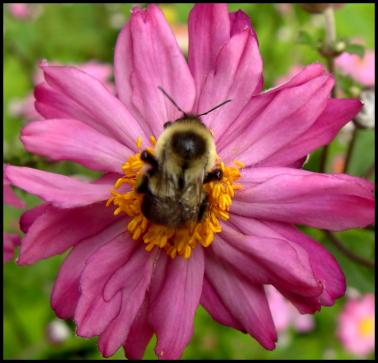
Anemone hupehensis var. japonica 'Pamina'; photo by Robert Pavlis
Life Cycle: perennial
Height: 1M (3ft)
Bloom Time: late August to late October
Natural Range: China
Habitat: open well drained sunny positions
Synonyms: Anemone japonica
Cultivation:
Light: full sunto full shade
Soil: very adaptable
Water: average moisture to dry
USDA Hardiness Zone: 5 – 10
Propagation: cuttings, division, seeds probably don’t come true
Seedex availability (ORG&HPS annual Seed Exchange): occasionally

